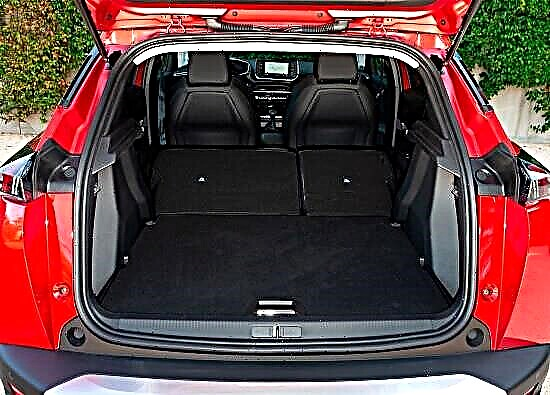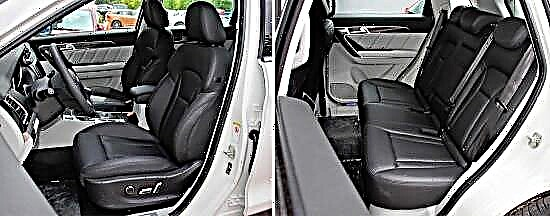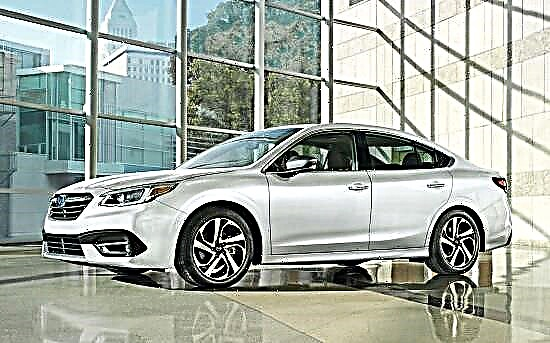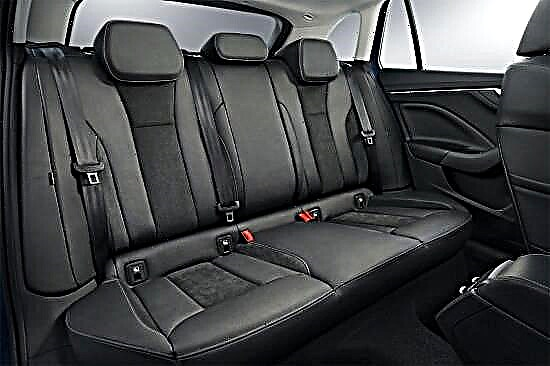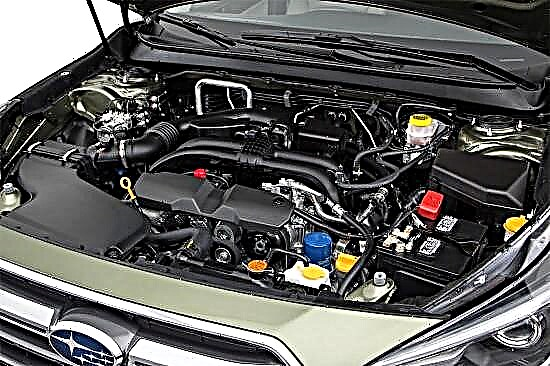The authoritative analytical agency JDPower and Association, which for many years has been conducting independent monitoring of the market for new and supported "iron horses", in mid-February 2019 published the next (30th in a row) rating of the reliability of three-year-old cars "Vehicle Dependability Study" ( VDS) officially marketed in North America. Well, a few months later (to be more precise, in May 2019) their colleagues from the British division of JDPower arrived, sharing their similar report (albeit only the 5th in a row), but about the cars available in the United Kingdom ( and, accordingly, in most European countries).
And this, by the way, is of increased interest, since often completely different models of certain brands are offered in North America and Europe, and it also happens that overseas automakers that are not represented at all in the countries of the Old World (and , in fact, the opposite).

It is worth noting that the American specialists of JDPower and Associates, as a result of a study conducted from October to December 2018, interviewed almost 33 thousand original car owners (released in 2016), who were asked to choose from a list of 177 problems that overtook them. "Iron horses" for the last 12 months of operation.
At the same time, British experts acted according to a slightly different scheme (although they took into account similar incidents over the same last 12 months) - they made a rating based on the answers of 11,530 vehicle owners they bought from November 2015 to January 2018. The study itself was carried out from November 2018 to January 2019.
And then everything is approximately identical: both of them eventually determined the number of defects for every 100 cars of a particular brand (PP100 - Problems Experienced 100 Vehicles), and the higher this number turned out to be, the more serious difficulties motorists faced.
In general, we can say that the reliability of vehicles in the industry on average is improving for the second year in a row, albeit at a low rate. However, the owners of "three-year-olds" still complain most of all about the problems indicated by the acronym ACEN (audio, communication, entertainment, navigation). In addition, the number of complaints about the operation of automatic transmissions (apparently the quality of their performance does not keep up with the increase in the number of gears) and electronic auxiliary systems (autobraking, tracking the markings, monitoring blind spots, etc.) is growing.
An interesting fact is that in both North America and the UK, mass automakers have surpassed premium brands in terms of reliability. True, this can be explained as follows: a larger number of all kinds of modern electronics are simply installed on luxury cars.

According to the results of an American study, the Japanese corporation Toyota has taken a clear lead in terms of reliability. So its premium brand Lexus took the final first place with 106 breakdowns per 100 cars (which is 7 points worse than a year earlier), while Toyota was the best among mass manufacturers (and also a "silver medalist" in general ) - 108PP100 (in 2018 it was 127PP100 and eighth place). Identical figures were recorded for Porsche, but the Germans worsened their statistics by 8 units, and Chevrolet closed the podium with 115 complaints against the “hundred” (which is 9 points better than the previous indicators).
But in the foggy Albion, a fundamentally different situation developed, and the tone here was set exclusively by mass car builders. So Peugeot cars turned out to be the least problem-free - for every 100 cars in this case, there were only 77 malfunctions. Skoda and Hyundai performed slightly worse - they have 88PP100 and 90PP100, respectively. At the same time, only one premium brand got into the TOP-10 - this is Volvo, which scored 106 breakdowns per “hundred” and took the tenth position.

In the American rating of reliability of three-year-old cars, the "iron horses" Fiat with a score of 249PP100 caused problems to their owners more than others (which is 57 units worse than a year earlier). More than two hundred defects per “hundred” were scored by two more automakers, located from the end in the second and third places - these are Land Rover and Volvo, showing 221PP100 and 204PP100, respectively.
While in the British study, the Bavarian brand BMW showed an absolute failure - as many as 181 breakdowns per 100 cars happened to them. Fiat proved itself a little better - its "iron horses" showed the result 173PP100, as well as another premium Audi brand - 167PP100.

It is worth noting that in North America, the local brand Chevrolet became the leader in the number of "gold" awards in individual segments - its models were the most reliable in three categories. At the same time, representatives of four car manufacturers - Toyota, Lexus, Buick and BMW - took the lead in two classes.
As for the Old World, the following situation developed there - two models each Volkswagen and Vauxhall were able to take the highest step of the "podium" in their segments.
In addition to brands in general, J.D. Power specialists also singled out the best 3-year-olds in each class that showed the least number of breakdowns (that is, the highest reliability).
In the "American case" the situation was as follows:
- Subcompact car - Chevrolet Sonic;
- Compact car - Buick Verano;
- Compact sports car - MINI Cooper;
- Compact multipurpose car - Kia Soul;
- Compact car premium class - Lexus ES;
- Mid-size car - Toyota Camry;
- Mid-size sports car - Dodge Challenger;
- Mid-size car premium class - BMW 5-Series;
- Full size car - Buick LaCrosse;
- Subcompact crossover - Volkswagen Tiguan;
- Premium subcompact crossover - Audi Q3;
- Compact crossover - Chevrolet Equinox;
- Premium compact crossover - BMW X3;
- Mid-size crossover - Hyundai Santa Fe;
- Premium mid-size crossover - Lexis GX;
- Full-size crossover - Ford Expedition;
- Minivan - Chrysler Town & Country;
- Midsize pickup - Nissan Frontier;
- Light commercial pickup truck - Toyota Tundra;
- Heavy commercial pickup - Chevrolet Silverado HD.
But in the British study, everything turned out to be completely different:
- Urban car - Volkswagen Up !;
- Subcompact car - Peugeot 208;
- Compact car - Skoda Octavia;
- Mid-size car - Vauxhall Insignia;
- Full size car premium class - Mercedes-Benz E-class;
- Subcompact crossover - Vauxhall Mokka / Mokka X;
- Compact crossover - Volkswagen Tiguan;
- Multipurpose car - Ford C-MAX / Grand C-MAX.
As a result, a really interesting situation develops: for example, in North America the first two lines of the "podium" went to premium brands, while in Great Britain - to mass brands.
But more remarkable is the fact that the carmakers in the Big Three (ie Audi, BMW and Mercedes-Benz) are making better products for American consumers than European ones. Since there is no other way to explain the fact that in the first case they are located in rather high places in the upper half of the reliability rating, and in the second they are among the outsiders.

